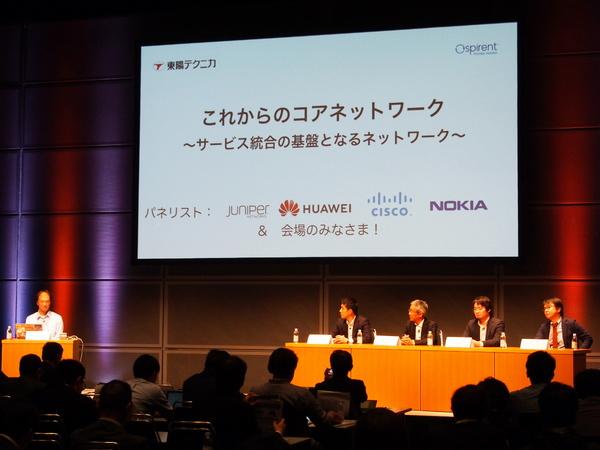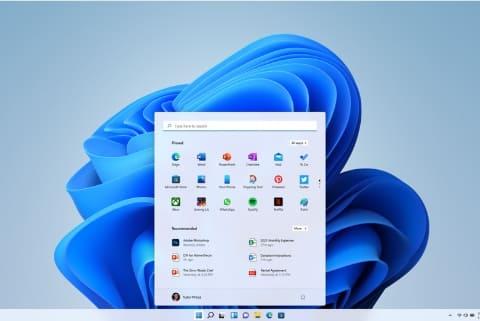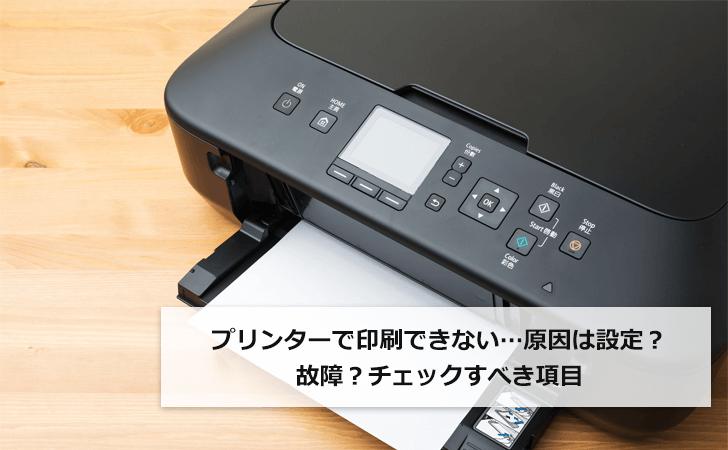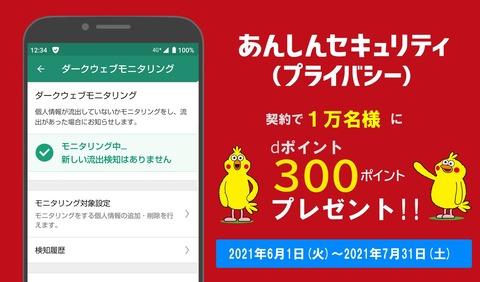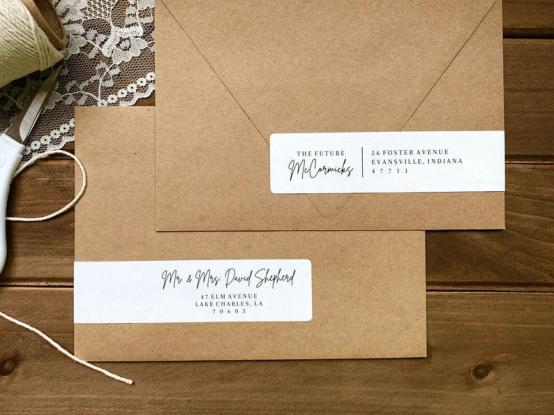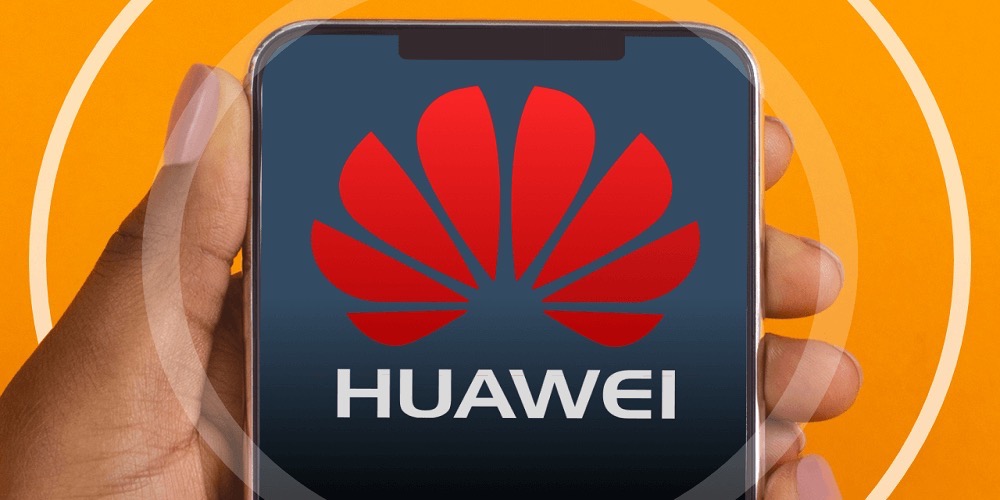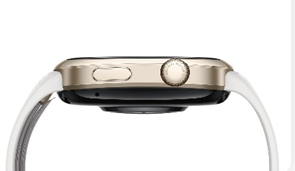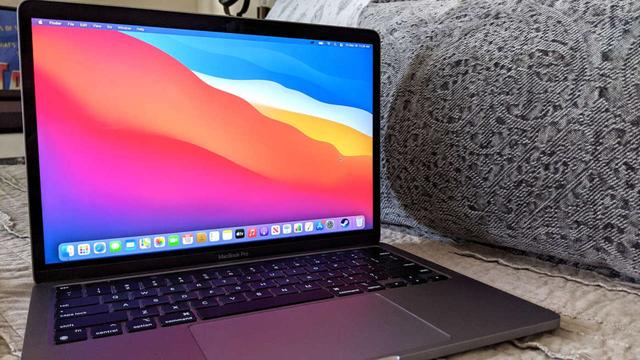Introducing detailed Win11 measures...
13
11
Introducing detailed Win11 measures, such as the right -click menu of Windows 11
Windows 11 calls the stress that has a large number of changes from 10 is called "usability shock".
The desktop of Windows 11 has been changed from Windows 10.However, some changes can be stressed because of the difference from those who have been used to it.
I call the user's experience and feel stressed.This "usability shock" is sober and a little stressful, but it occurs many times while using a computer, and even the accumulated stress makes you feel tired.If you feel something like stress, you should take some measures.
Here, we will consider such measures in Windows 11.Nevertheless, "return" in the same shape as Windows 10 feels backwards.If it is exactly the same as Windows 10, you can use Windows 10 in the first place.Therefore, this time, I am thinking about how to return the behavior in the settings.
One cushion is required to get an old menu. Right -click menu can be directly given by pressing the application key.
One of the changes that you notice immediately in Windows 11 is the right -click menu (context menu).Copies and paste are only icons, and only the standard items of Windows are displayed, and in order to make all of them, select "Display other options" and switch to old menus (hereinafter referred to as the old menu).There is a need.
In Windows 11, the structure of the right -click menu changes, and only the Windows items are first displayed, and in order to give the menu registered by the user, it is necessary to select "Display other options" from here.be
However, this is a big blow to users who have added their own additional items to the right -click menu.I put some commands so that I could easily do various tasks for folders for manuscripts.
However, by pressing the application key (menu key) instead of the right button of the mouse, the old menu can be displayed directly.If the application key is a normal full keyboard, it is between the right ALT key on the right side of the space key and the right Ctrl key.In addition, the keyboard that does not have an application key can be displayed in the same way with "Shift + F10".
However, in the case of the application key (the same applies to "Shift + F10"), the menu is not necessarily displayed near the mouse cursor.If there is no selection item, a menu may appear in the upper left of the window, and the right -click menu of the desktop will be displayed on the upper left of the display.However, the menu can be selected with a cursor key, so it is easy to operate the cursor key from the application key with your right hand.
If you do not want to release your right hand from the mouse, you can assign it to an additional button in the mouse.Recent high -performance mice have more than four buttons, and many of the utilities attached to the mouse can change the assignment.If you assign the "application key" to the appropriate button, you will be able to open the old menu directly without releasing your hand from the mouse.
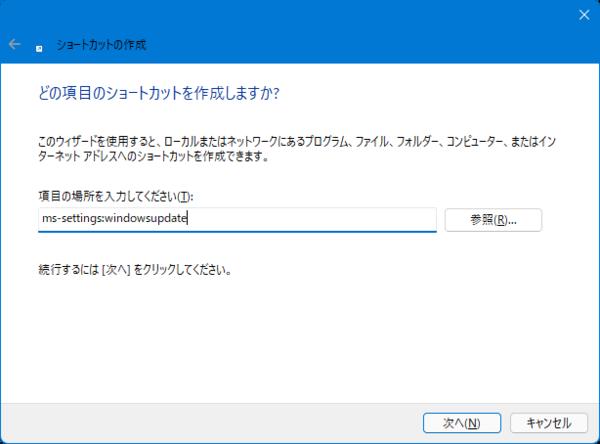
Register a specific setting item in the start menu and open it directly
In Windows 10, there was a function to register the items and categories displayed from the configuration page in the start menu.However, in Windows 11, this function seems to have been lost.For example, I want to make it easy to open the settings that are frequently opened, such as Windows Update, in the start menu.To do that, create a shortcut in the start menu folder.
The items registered in the start menu of each user are below the user's home directory.
%UserProfile%\ AppData \ Roaming \ Microsoft \ Windows \ Start Menu \ Programs
It is in.This is the registration place for your start menu.From the command line using the shelf / shelter shortcut
Explorer Shell: Programs
You can open it, or enter "Shell: Programs" in the Explorer's path column.
Next, select "New Create" → "Shortcut" in the right -click menu.Here, put the URI scheme of the configuration app.
In the folder of the start menu, select the new "shortcut" created from the right -click menu.This will launch the "Create Shortcut" wizard
The following table is a URI corresponding to the classification item on the left side of the Windows 11 setting page.This is my research, and it should be noted that Microsoft's official documents are not posted at this time, so it may be changed in future updates.
For example, if you want to open the Windows Update page, add "MS-Settings: WindowsUpdate" and press the "Next" button.The item on the next page will be the display name of the icon in the start menu.Here, "Windows Update" was decided.
If you want to open Windows Update in the settings, enter "MS-Settings: WindowsUpdate" as the item and press the "Next" button.
The icon of "Windows Update" should be displayed in "W" in the "All apps" in the start menu.If necessary, use the right -click menu "Pin to the start" to display it on the top page of the start menu.In addition, the icon has a gear icon of the configuration application without permission, but can be changed with a shortcut property.
The URI specification on the configuration page is not directly opened in URI at this time, and "Bluetooth and Device" and "Personal Settings" are only compatible with Windows Insider Program's preview Dev Channel buildings.(It will be reflected in the regular version soon).However, most of the sub items on the right side of the setting page can be opened directly in URI.This is described on the following page.
● Start the Windows setting app https: // docs.Microsoft.Com/JA-JP/Windows/Uwp/Launch-Resume/Launch-Settings-App#Time-and-Language
"Time and Language" and "Games", which cannot open the top page of the category in URI, are gathered for items, and it seems that the top page has no unique information.In fact, it would be enough to be able to open a page of "Language and Region" (MS-Settings: RegionLanguage) below it.

